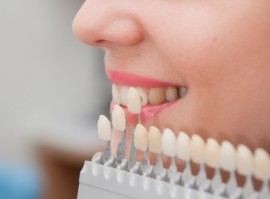Did your cavity filled up??
Cosmetic Dentistry . Dental Restoration . Dentistry . Preventive Dentistry
Now its the time to take more care.
Here are some details to notice after a Filling
Some people feel sensitivity after they receive a filling. The tooth may be sensitive to pressure, air, sweet foods or cold. Composite fillings often cause sensitivity, but other types of filling materials can, too.
The most common reason for pain right after the anesthetic wears off is that the filling is too high. Call your dentist so you can be seen as soon as possible to reduce the height of the filling.

The second type of discomfort is a very sharp shock that appears only when your teeth touch. This is called galvanic shock. It is caused by two metals (one in the newly filled tooth and one in the tooth it’s touching) producing an electric current in your mouth. This would happen, for example, if you had a new amalgam filling in a bottom tooth and had a gold crown in the tooth above it.
In most other cases, the sensitivity will decrease over one to two weeks. Until then, try to avoid anything that causes it. If your tooth is extremely sensitive or your sensitivity does not decrease after two weeks, contact dentist.
It’s important to let your dentist know about any sensitivity you are feeling. The next time you need a filling, he or she may be able to use a different material and make changes to reduce sensitivity. People vary in their response to different materials. Your dentist has no way of predicting if your tooth will react to a particular material.
When you talk to your dentist about the sensitivity, try to describe it as precisely as possible. This information will help decide what should be done next. Your dentist may take out the filling and put in a new one. He or she may add a base, liner or desensitizing agent on the tooth as well. If the filling was very deep, you could need a root canal treatment to solve the problem.





